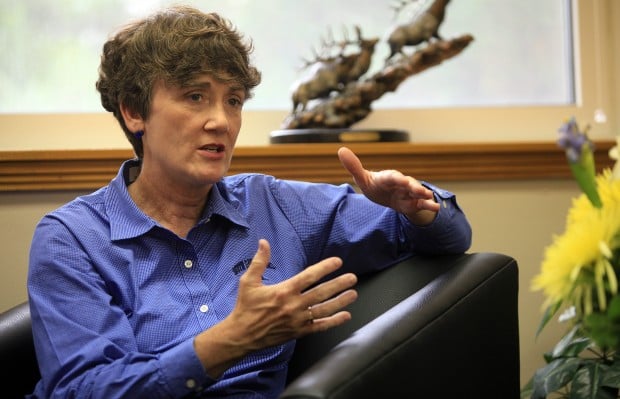


25 and Shiromoto et al., 26 have modelled the EFC process by accounting for the non-isothermal conditions. Other researchers, like Sollogoub et al., 14, 21 Zheng et al., 24 Zavinska et al. 11 One also cannot forget the stalwart work done by the research group of Prof. Draw resonance was first reported by Christensen 1 and Miller 2 and further studied both experimentally and numerically by other researchers including Bergonzoni and DiCresce, 3, 4 Fisher and Denn 5 Ishihara and Kase, 6 Roberts et al., 7 Anturkar and Co, 8 Hyun, 9 Burghelea et al. Our results showed that incorporating appropriate nanoclay concentrations in a base polymeric resin indeed enhanced the EFC process stability for those polymer formulations and thus can have important economic implications for processors.Īs EFC is an industrially important process, much research has been done over the past several decades to develop an understanding of the instabilities involved in this process, including the draw resonance phenomena.


Numerical predictions for the onset of draw resonance were in qualitative agreement with our experimental data. Conventional linear stability analysis was performed to determine the onset of the draw resonance defect numerically. EFC experiments were conducted on the base resin and on the NC formulations under non-isothermal conditions to determine the onset of the draw resonance experimentally. In this research our goal was to reduce this draw resonance instability by incorporating well dispersed nanoclay fillers in a base polymeric resin (such as a linear low density polyethylene – LLDPE) to determine how these nanocomposite (NC) formulations can prevent or reduce the draw resonance defect. Draw resonance is the sustained periodic oscillations in the film dimensions, notably film width and thickness, when the process operates beyond a critical draw ratio (CDR). In this research we focussed on one important instability: the draw resonance that occurs during the EFC process mainly under extensional flow conditions. All subjects Allied Health Cardiology & Cardiovascular Medicine Dentistry Emergency Medicine & Critical Care Endocrinology & Metabolism Environmental Science General Medicine Geriatrics Infectious Diseases Medico-legal Neurology Nursing Nutrition Obstetrics & Gynecology Oncology Orthopaedics & Sports Medicine Otolaryngology Palliative Medicine & Chronic Care Pediatrics Pharmacology & Toxicology Psychiatry & Psychology Public Health Pulmonary & Respiratory Medicine Radiology Research Methods & Evaluation Rheumatology Surgery Tropical Medicine Veterinary Medicine Cell Biology Clinical Biochemistry Environmental Science Life Sciences Neuroscience Pharmacology & Toxicology Biomedical Engineering Engineering & Computing Environmental Engineering Materials Science Anthropology & Archaeology Communication & Media Studies Criminology & Criminal Justice Cultural Studies Economics & Development Education Environmental Studies Ethnic Studies Family Studies Gender Studies Geography Gerontology & Aging Group Studies History Information Science Interpersonal Violence Language & Linguistics Law Management & Organization Studies Marketing & Hospitality Music Peace Studies & Conflict Resolution Philosophy Politics & International Relations Psychoanalysis Psychology & Counseling Public Administration Regional Studies Religion Research Methods & Evaluation Science & Society Studies Social Work & Social Policy Sociology Special Education Urban Studies & Planning BROWSE JOURNALSĬommercially important extrusion film casting (EFC) processes for manufacturing plastic films or sheets are hampered by several instabilities that severely limits their productivity.


 0 kommentar(er)
0 kommentar(er)
